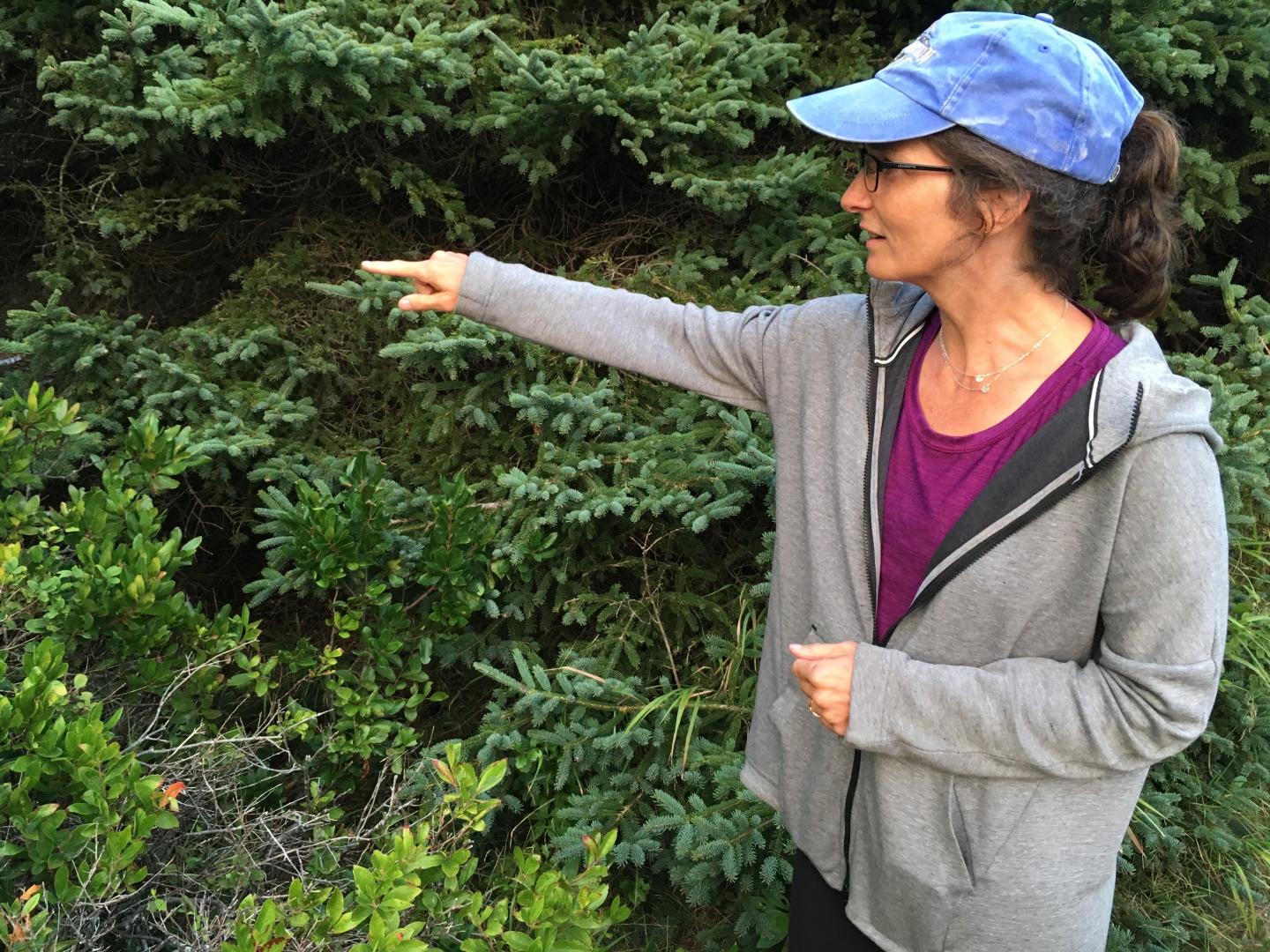Biodiversity plays an important role in forest carbon storage, but strangely less than previously thought, reports a new research in published recently in the journal Ecology Letters.
Researchers analysed stores of carbon in temperate and boreal forests and found that the tree diversity in these forests does have an influence on the amount of carbon stored in a specific part of an ecosystem. But this role of biodiversity is relatively small- contrary to what previous researches have suggested. In some cases it could even decrease carbon storage.
The research team was led by Carol Adair from the University of Vermont and David Hooper from Western Washington University and discovered that factors such as climate, site topography, time since fire, and characteristics of the tree species in each plot explained most of the variation in carbon storage across temperate and boreal forests in Québec, Canada. Alain Paquette from Université du Québec à Montréal and Bruce Hungate from Northern Arizona University co-authored the study.
“The new findings indicate that ecosystem scientists should shift away from treating biodiversity as an assumed amplifier of key ecosystem services like carbon storage, and instead treat it as a subset of factors that influence such services,” said Carol Adair from UVM’s Rubenstein School and Gund Institute for Environment.
Rather than manipulating diversity in experimental plots in one specific location, with only a single type of soil type and climate, like most recent biodiversity studies have done, Adair and her team decided to review decades’ worth of data that was collected from thousands of forest plots in Québec through a different angle: what state factors and interactive controls affect carbon storage, and how important is species diversity among that suite of variables?
The research team found that forest traits and factors, such as tree size, climate conditions and time gone by since the last fire actually led to increase in carbon storage more than diversity. In warmer regions, where trees tend to grow faster and larger and concentrate more carbon, white spruce and maple- larger tree species, replaced smaller species like black spruce. Plots with topography that restricted water flow (low, swampy areas) tended to store more carbon in soil, because soil microorganisms run out of oxygen in wet places and the process of decomposition slows down. Plots that had been burnt more recently stored less amount of carbon.
“This study is among the first to explicitly compare the effects of environmental factors with biodiversity in ecosystems outside of experimental plots.” said David Hooper from Western Washington University. “The study also helps to integrate diversity – a relatively recent consideration as an ecosystem driver, with these other well-known factors. By integrating biodiversity into such a framework, ecologists can better ask when, where, why and how much diversity matters for ecosystem services that benefit society.”

